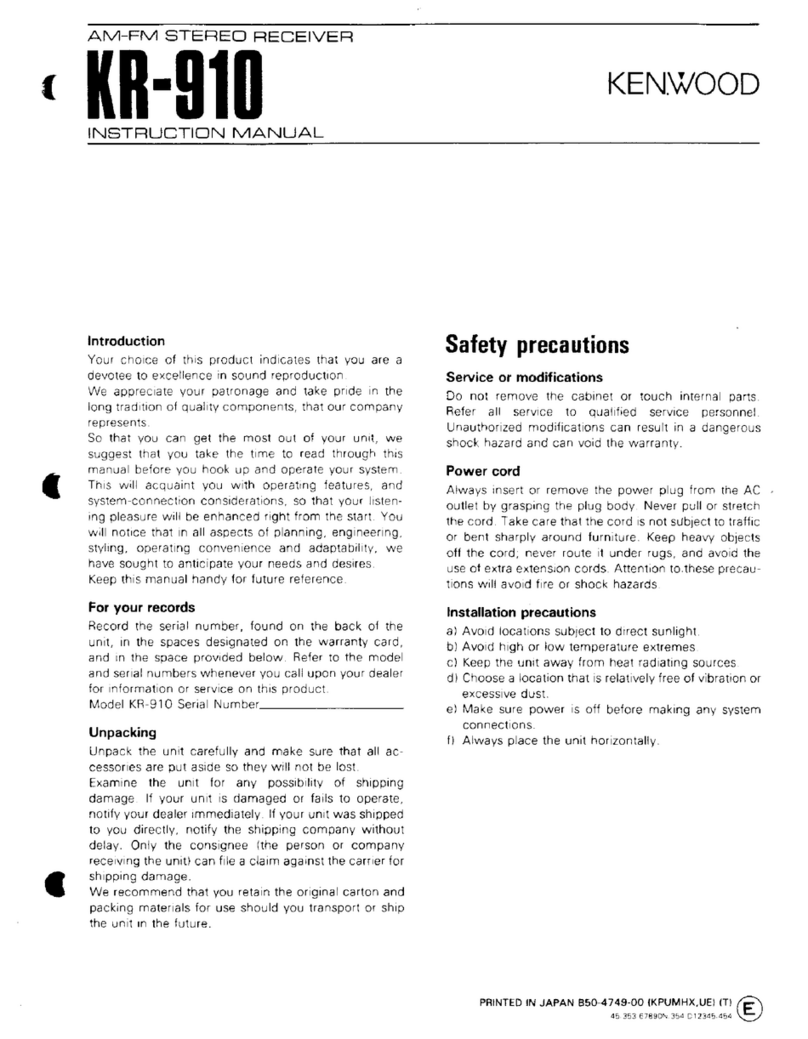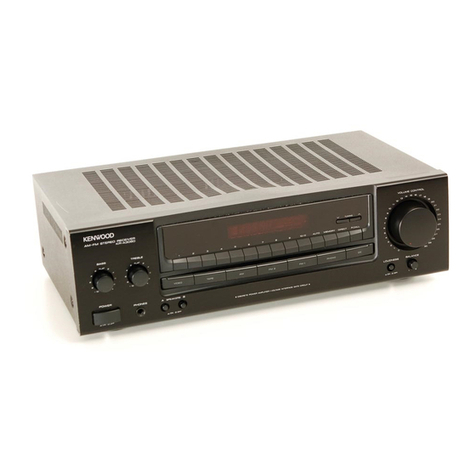Kenwood KRC-2001 User manual
Other Kenwood Stereo Receiver manuals
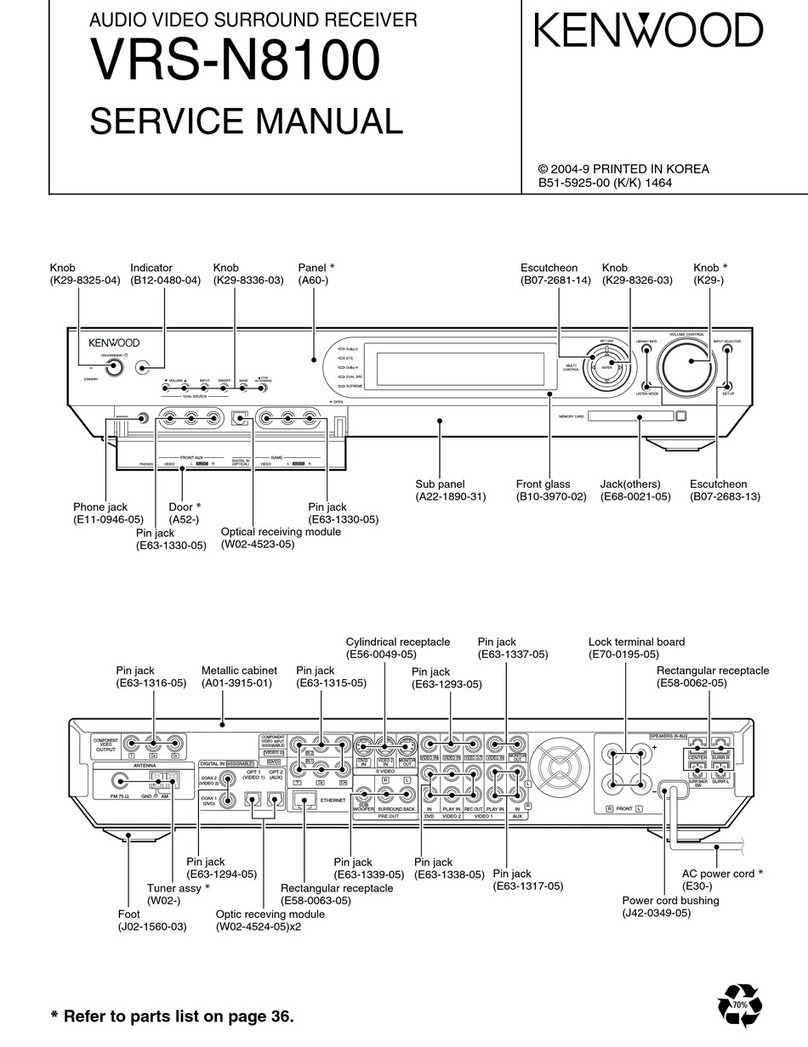
Kenwood
Kenwood VRS-N8100 - AV / Digital Multimedia Receiver User manual
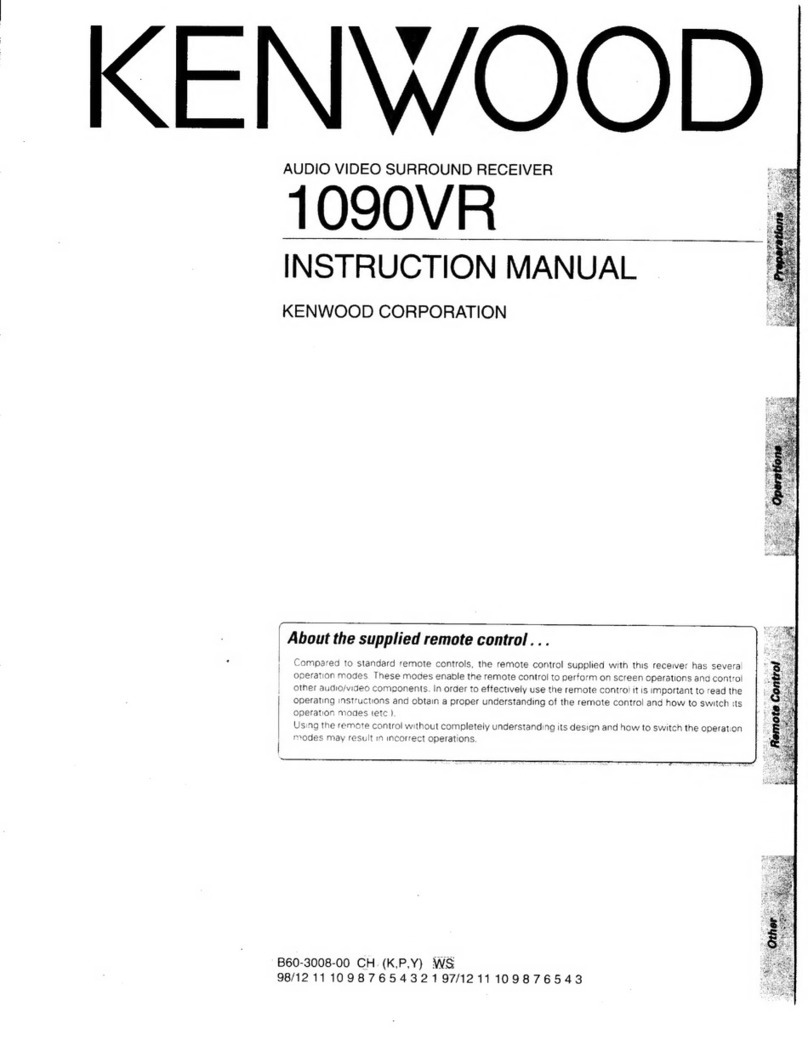
Kenwood
Kenwood 1090VR User manual

Kenwood
Kenwood Nine GX User manual

Kenwood
Kenwood R-2000 User manual
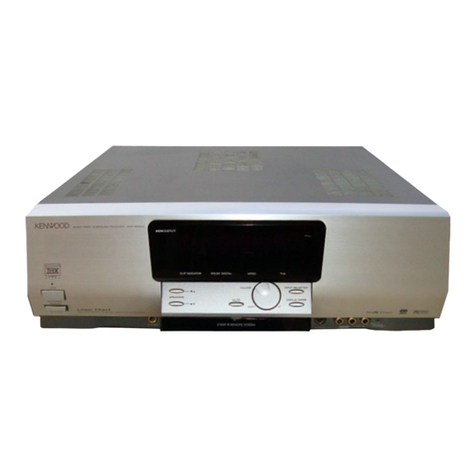
Kenwood
Kenwood KRF-V9992 User manual
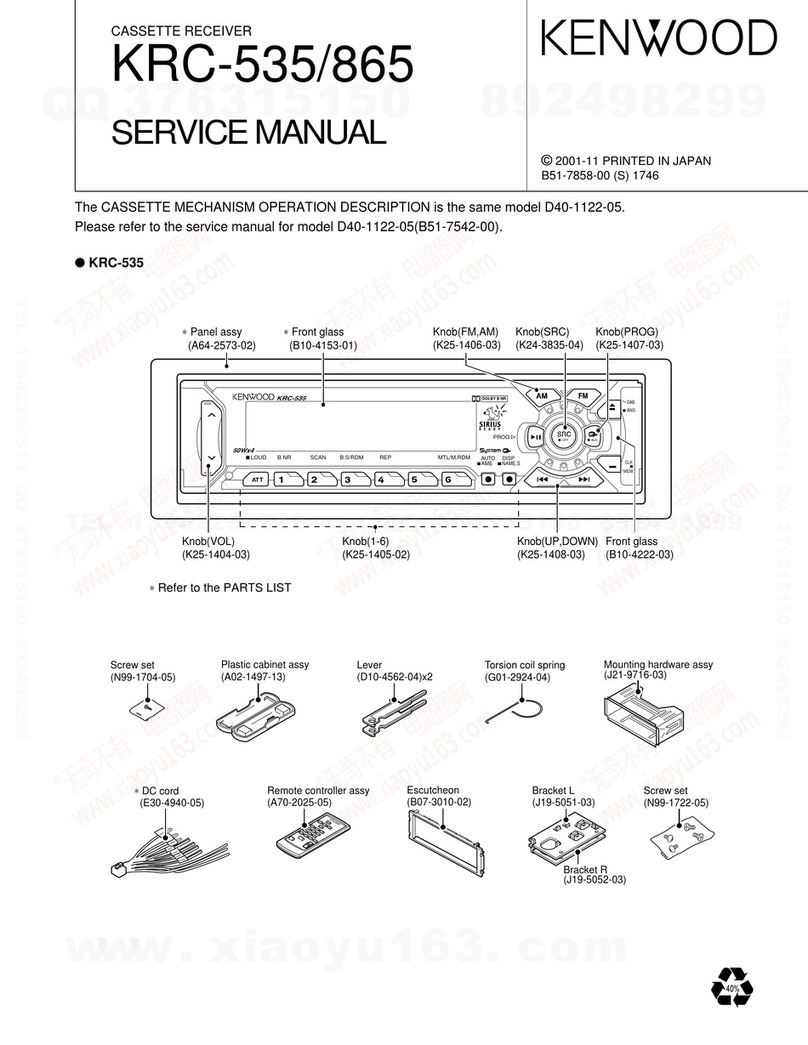
Kenwood
Kenwood KRC-535 User manual

Kenwood
Kenwood 104AR User manual

Kenwood
Kenwood KR-770 User manual
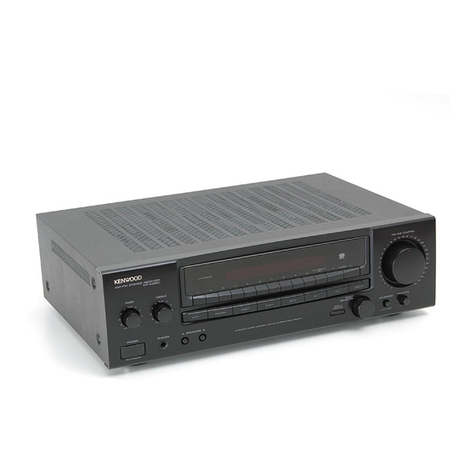
Kenwood
Kenwood KR-A5060 User manual
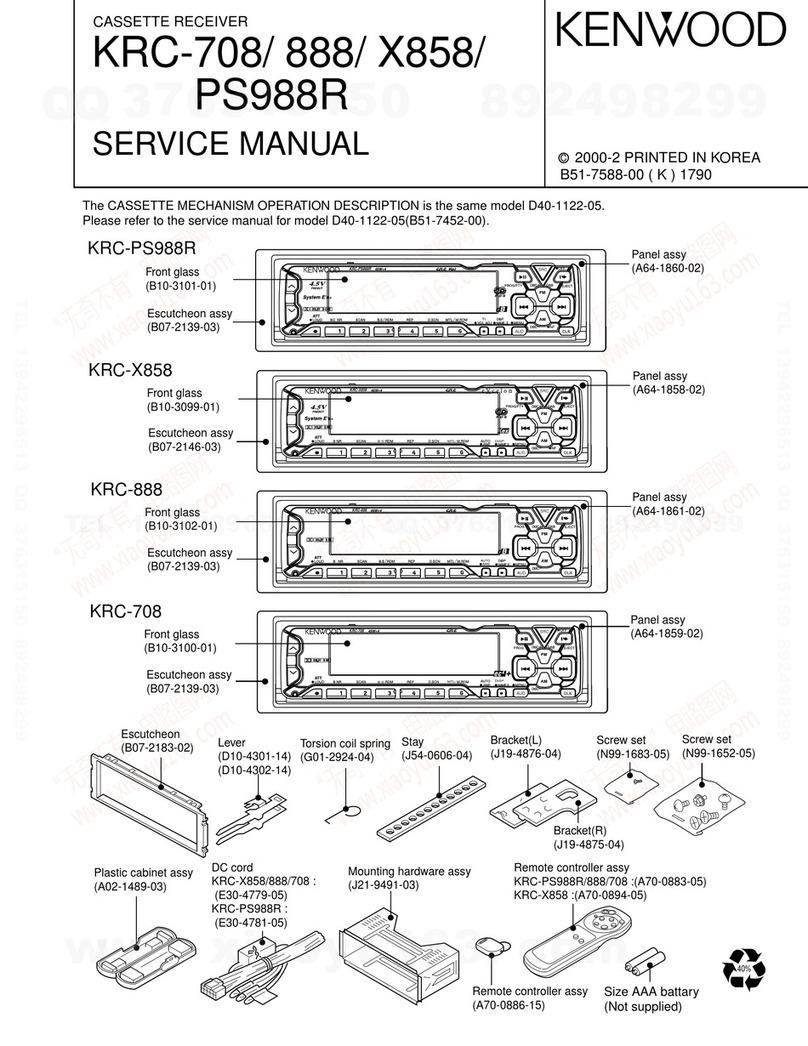
Kenwood
Kenwood KRC-708 User manual
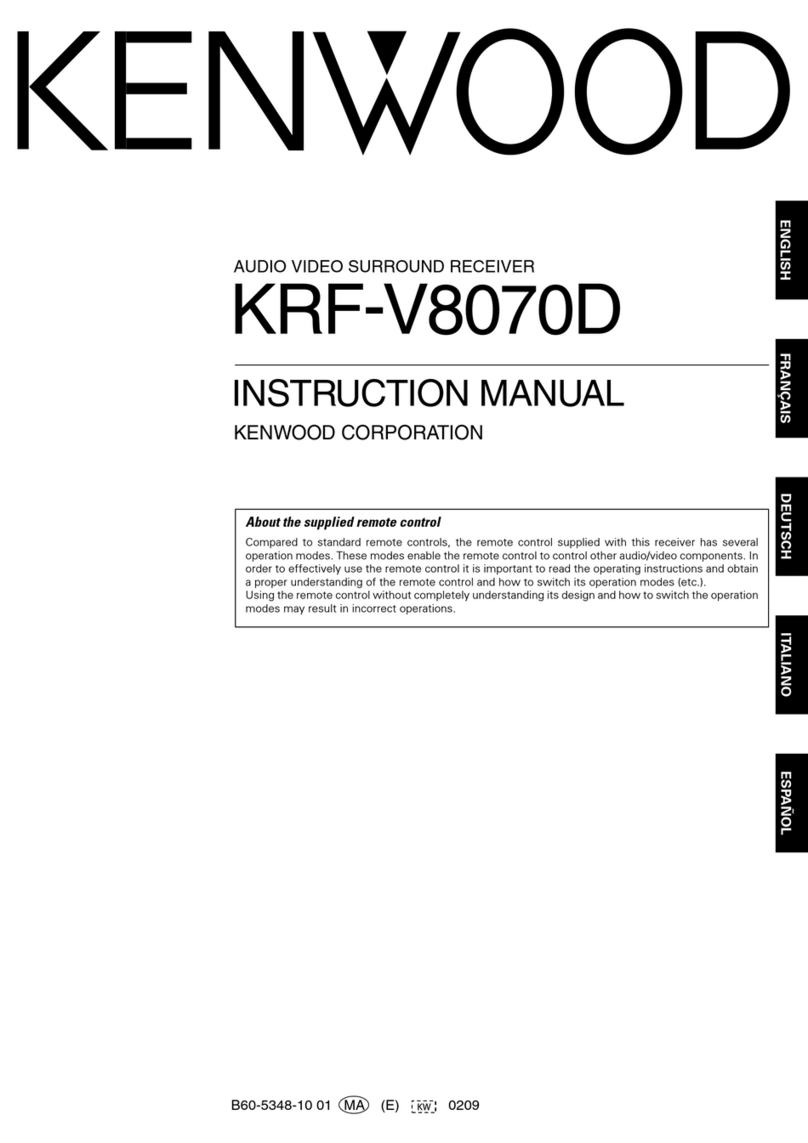
Kenwood
Kenwood KRF-V8070D User manual
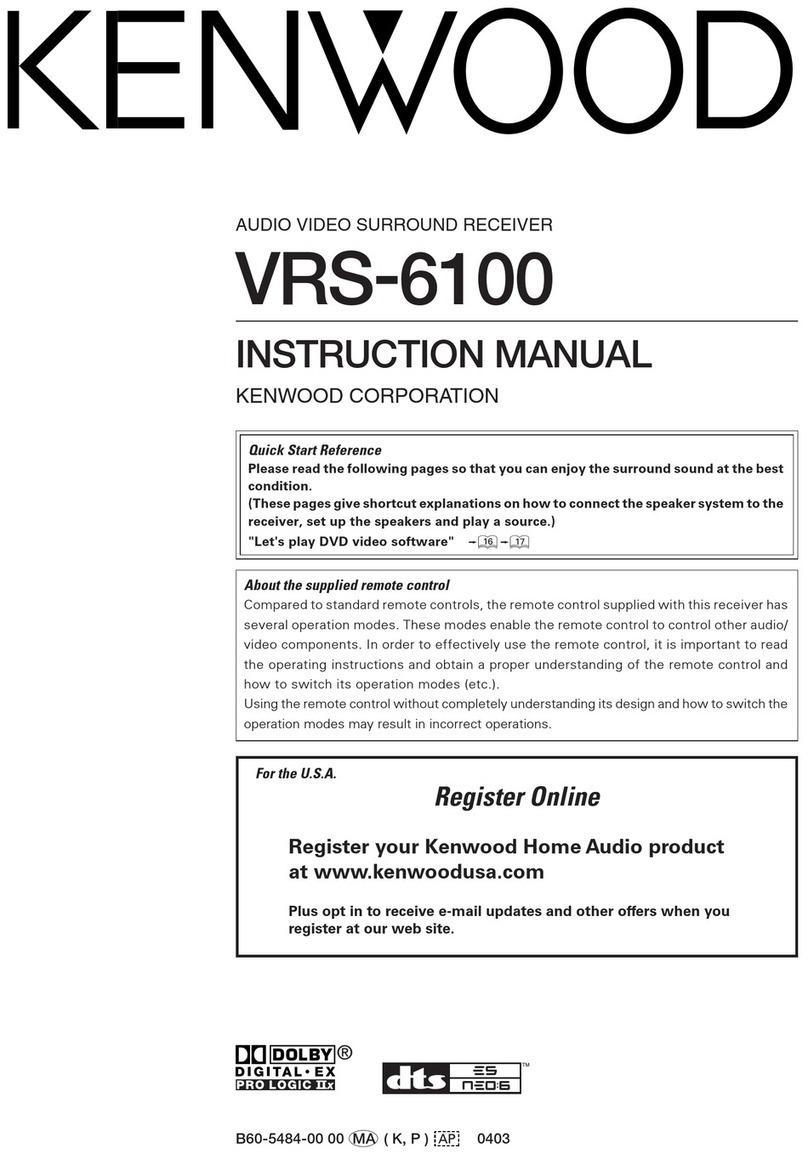
Kenwood
Kenwood VRS-6100 User manual
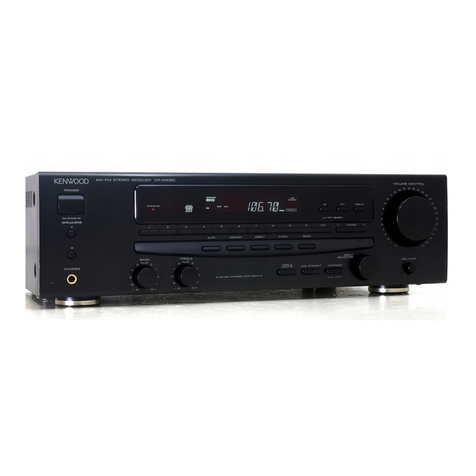
Kenwood
Kenwood KR-A5050 User manual

Kenwood
Kenwood VR-716A Quick start guide
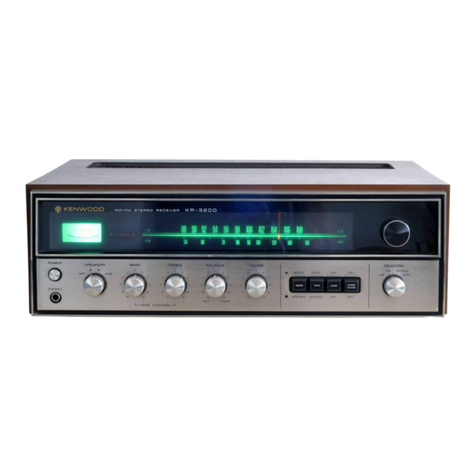
Kenwood
Kenwood KR-3200 User manual
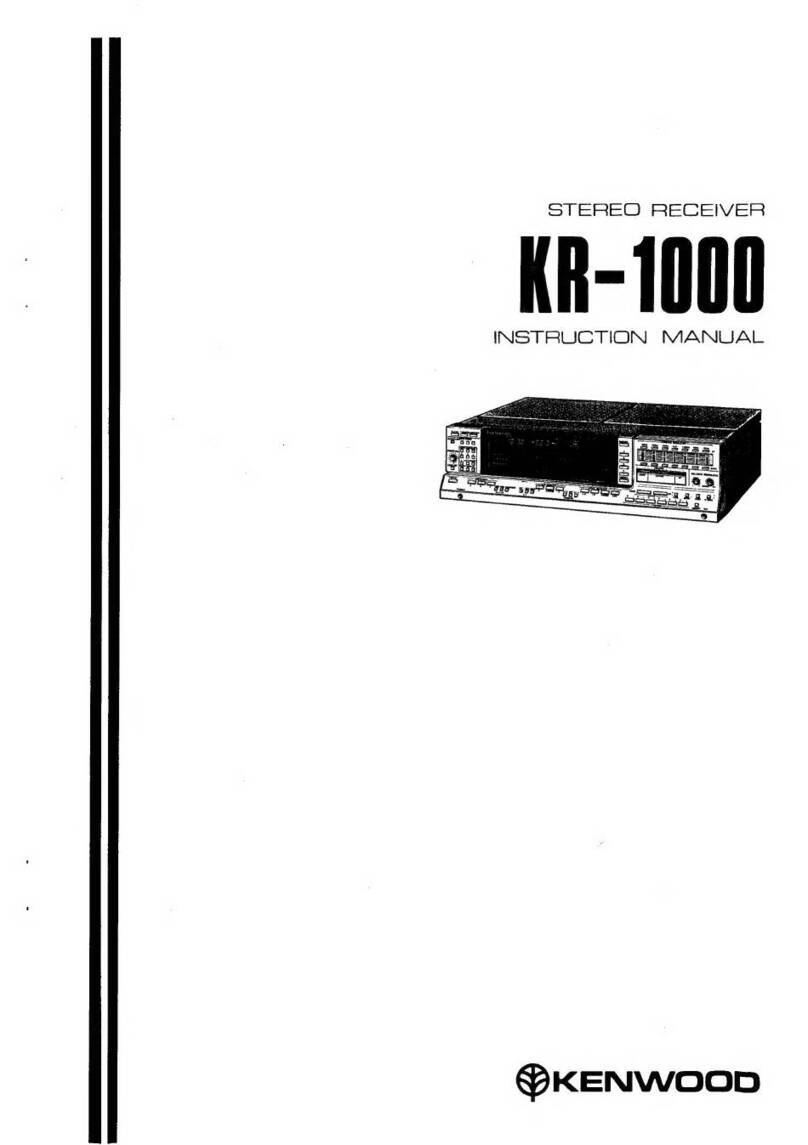
Kenwood
Kenwood KR-1000 User manual
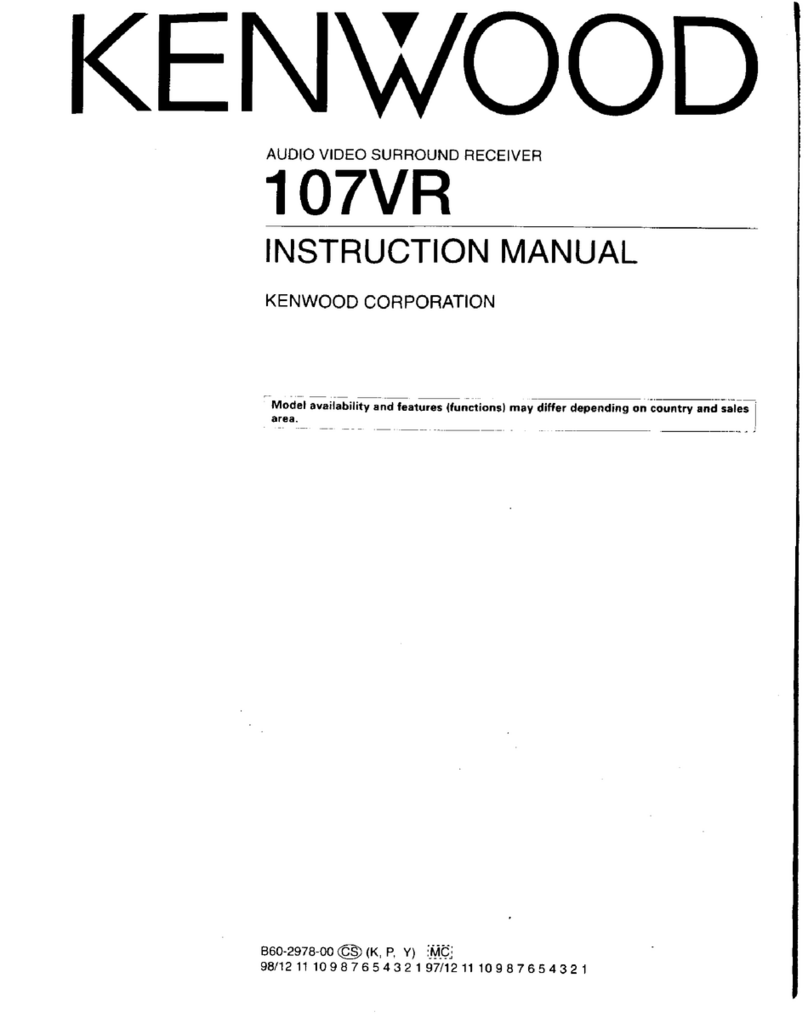
Kenwood
Kenwood 107VR User manual

Kenwood
Kenwood KR-6400 User manual
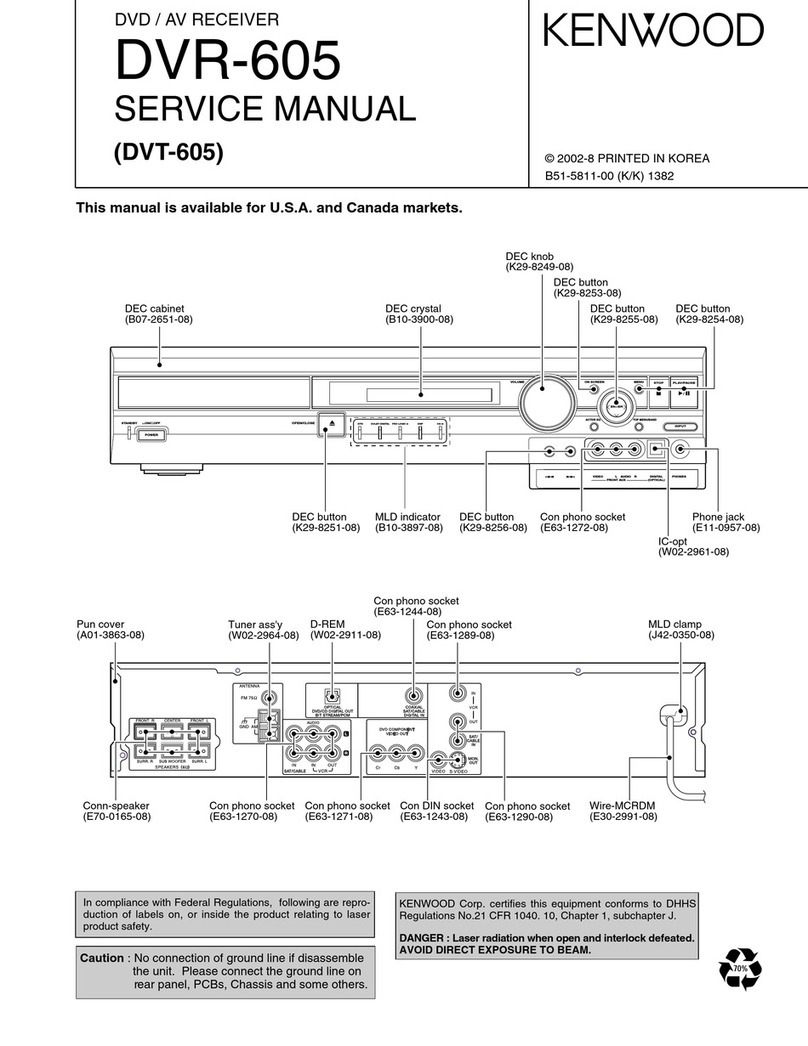
Kenwood
Kenwood DVR-605 User manual
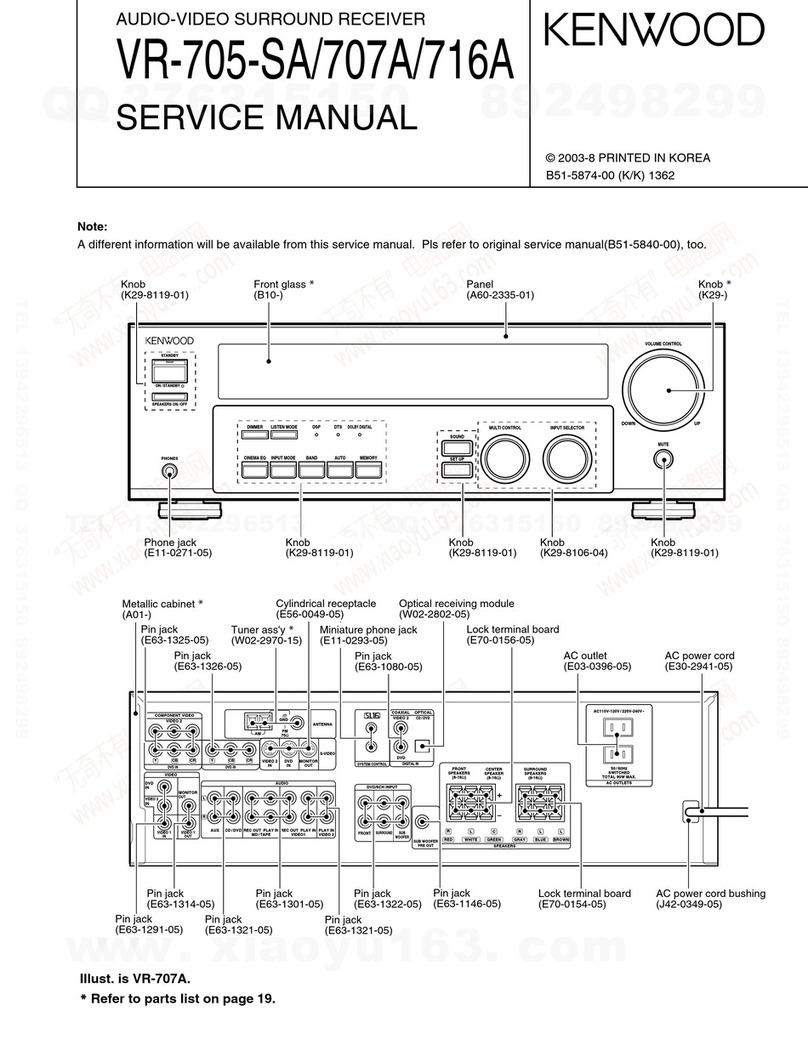
Kenwood
Kenwood VR-705-SA User manual
Popular Stereo Receiver manuals by other brands

Radio Shack
Radio Shack DX-399 owner's manual

Sony
Sony STR-DE535 - Fm Stereo/fm-am Receiver operating instructions

Pioneer
Pioneer SX-1000TA operating instructions

Yamaha
Yamaha MusicCast TSR-5B3D owner's manual

Sony
Sony STR-DG500 - Multi Channel Av Receiver Service manual

Sherwood
Sherwood Newcastle RX-770 operating instructions


